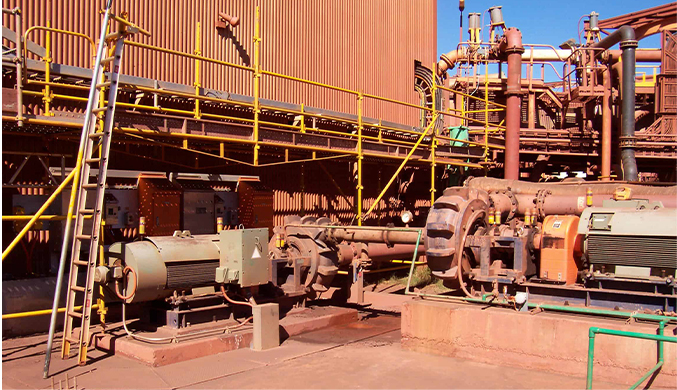French
- Afrikaans
- Albanian
- Amharic
- Arabic
- Armenian
- Azerbaijani
- Basque
- Belarusian
- Bengali
- Bosnian
- Bulgarian
- Catalan
- Cebuano
- Corsican
- Croatian
- Czech
- Danish
- Dutch
- English
- Esperanto
- Estonian
- Finnish
- French
- Frisian
- Galician
- Georgian
- German
- Greek
- Gujarati
- Haitian Creole
- hausa
- hawaiian
- Hebrew
- Hindi
- Miao
- Hungarian
- Icelandic
- igbo
- Indonesian
- irish
- Italian
- Japanese
- Javanese
- Kannada
- kazakh
- Khmer
- Rwandese
- Korean
- Kurdish
- Kyrgyz
- Lao
- Latin
- Latvian
- Lithuanian
- Luxembourgish
- Macedonian
- Malgashi
- Malay
- Malayalam
- Maltese
- Maori
- Marathi
- Mongolian
- Myanmar
- Nepali
- Norwegian
- Norwegian
- Occitan
- Pashto
- Persian
- Polish
- Portuguese
- Punjabi
- Romanian
- Russian
- Samoan
- Scottish Gaelic
- Serbian
- Sesotho
- Shona
- Sindhi
- Sinhala
- Slovak
- Slovenian
- Somali
- Spanish
- Sundanese
- Swahili
- Swedish
- Tagalog
- Tajik
- Tamil
- Tatar
- Telugu
- Thai
- Turkish
- Turkmen
- Ukrainian
- Urdu
- Uighur
- Uzbek
- Vietnamese
- Welsh
- Bantu
- Yiddish
- Yoruba
- Zulu
Telephone: +86 13120555503
Email: frank@cypump.com
Déc . 03, 2024 12:19 Back to list
pump tank septic system
Understanding Pump Tank Septic Systems
A pump tank septic system is an essential wastewater management solution for properties that are not connected to municipal sewer systems. These systems are particularly useful in rural or remote areas where traditional gravity-fed septic systems may not be feasible due to land elevation discrepancies or soil conditions. A pump tank septic system utilizes mechanical pumps to transport effluent for further treatment and disposal, ensuring efficient waste management while protecting the environment.
At its core, a pump tank septic system consists of three main components the septic tank, the pump tank, and the absorption field. The septic tank is responsible for the initial treatment of wastewater. As household wastewater flows into the septic tank, solids settle to the bottom, forming sludge, while lighter materials like grease float to the top, creating scum. The anaerobic bacteria in the tank break down the solids, reducing the overall volume of waste.
Once the septic tank reaches capacity, the partially treated effluent moves into the pump tank. This tank is equipped with a submersible pump that activates based on the water level inside it. When the effluent rises to a specific level, the pump automatically engages, moving the liquid to the absorption field, also known as the drain field, which is typically located downhill from the pump tank. This system is especially beneficial in situations where the absorption field needs to be placed at a lower elevation than the septic tank.
pump tank septic system

The absorption field is composed of a network of perforated pipes buried in gravel or sand. Here, the effluent is further treated by soil microorganisms that break down any remaining contaminants before the treated water is slowly dispersed back into the environment. This dispersal process is crucial, as it prevents the build-up of wastewater, which could lead to surface flooding and other environmental issues.
Maintaining a pump tank septic system is vital to its longevity and effectiveness. Homeowners should schedule regular pump-outs of the septic tank, typically every three to five years, depending on household size and usage. Regular maintenance helps prevent clogs and ensures that the system operates efficiently. Additionally, property owners should monitor the pump and electrical components of the pump tank. Any signs of malfunction, such as alarms or unusual sounds from the pump, should be addressed immediately to prevent system failure.
It is important to note that pump tank septic systems, while effective, require responsible use to minimize environmental impact. Homeowners should avoid flushing non-biodegradable items down the toilet and be cautious with the use of harsh chemicals that can upset the microbial balance in the septic tank. Implementing water-saving fixtures can also reduce the stress on the system by decreasing the volume of wastewater produced.
Overall, pump tank septic systems offer an effective solution for managing wastewater in areas lacking sewer infrastructure. By understanding how these systems work and adhering to proper maintenance practices, homeowners can ensure a reliable and environmentally friendly method for treating and disposing of wastewater. This not only protects the property and surrounding ecosystem but also promotes a healthy community.
-
ISG Series Pipeline Pump - Chi Yuan Pumps | Energy Efficiency&Compact Design
NewsAug.03,2025
-
ISG Series Vertical Pipeline Pump - Chi Yuan Pumps Co., LTD.|High Efficiency, Low Noise, Durable
NewsAug.02,2025
-
ISG Series Vertical Pipeline Pump - Chi Yuan Pumps | High Efficiency, Low Noise
NewsAug.02,2025
-
ISG Series Vertical Pipeline Pump- Chi Yuan Pumps Co., LTD.|High Efficiency&Compact Design
NewsAug.02,2025
-
Heavy-Duty Mining Sludge Pumps - Wear-Resistant Slurry Handling
NewsAug.02,2025
-
Horizontal Split Case Pump with GPT-4 Turbo | High Efficiency
NewsAug.01,2025










